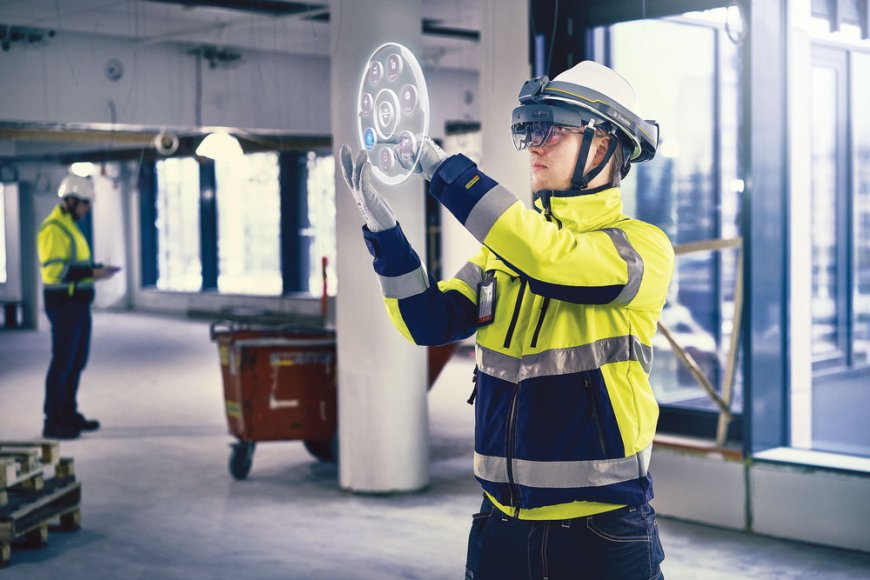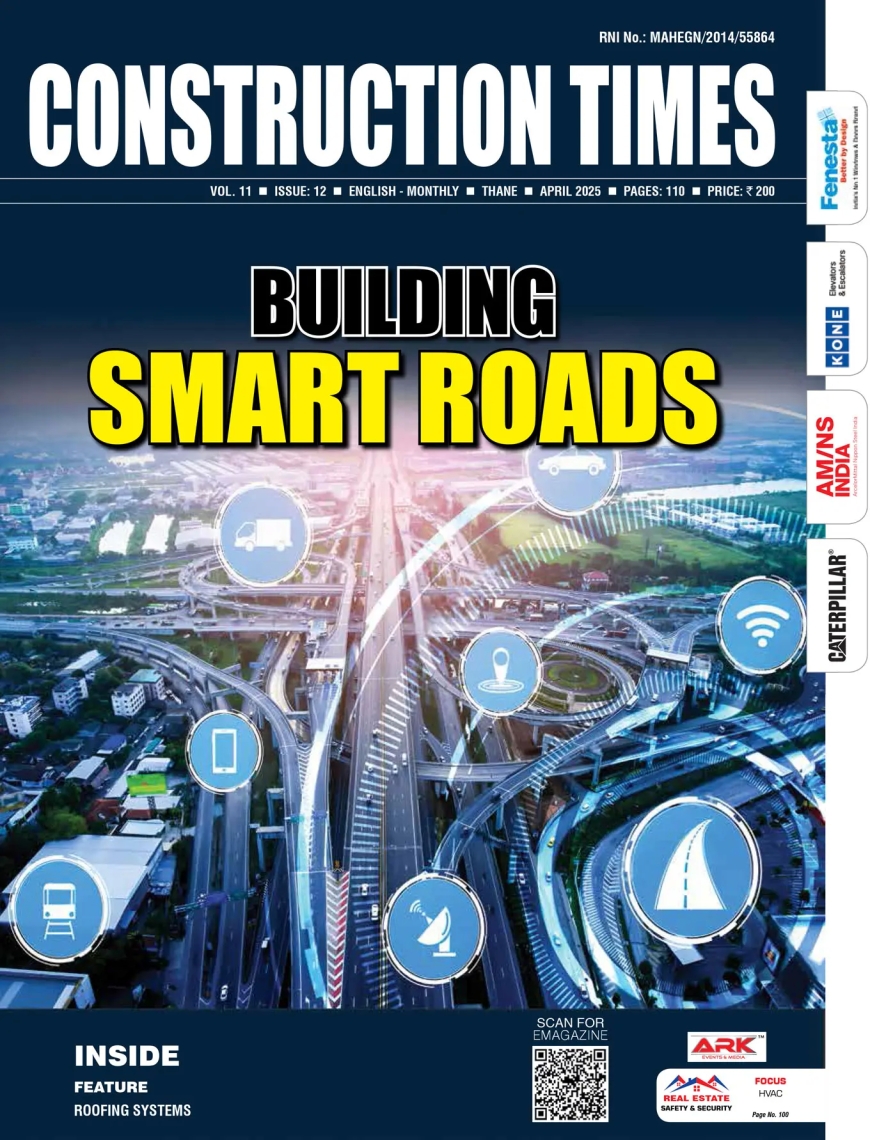We believe that technology will have an enormous effect on how India's highways develop in the future.

How do you view the progress of roads & highways development in India?
Over the last ten years, India's road and highway infrastructure has improved significantly, with major construction projects changing connectivity throughout the nation. Government programs like the National Infrastructure Pipeline and Bharatmala Pariyojana are speeding up the construction of new highways, enhancing logistics and cutting down on travel time.
The increased focus on highways and greenfield corridors, which are reducing traffic and guaranteeing more efficient transportation, has been one of the largest changes. Construction has become more economical and efficient as a result of the drive for improved project execution through the use of digital tools like BIM (Building Information Modeling) and GIS (Geographic Information Systems).
However, issues like funding limitations and delays in land acquisition still need to be resolved. Overcoming these challenges will require promoting public-private partnerships (PPPs) and implementing more environmentally friendly building techniques.
At Trimble, we believe that technology will have an enormous effect on how India's highways develop in the future. Automated construction tools and 3D machine control are two examples of solutions that can increase productivity, boost quality, and guarantee project completion on schedule. India is well on its way to developing a world-class road network that facilitates smooth mobility and economic growth with the correct combination of innovation and strategic planning.


What is the role of digital technologies in the execution of roads and highways in India?
In India, the planning, building, and maintenance of roads and highways are being completely transformed by digital technologies. They ensure timely execution and improved resource management by adding more accuracy, efficiency, and transparency to infrastructure projects.
Real-time data collection and analysis is one of the main advantages of digital solutions since it makes it easier to track project progress and spot possible delays early. Stakeholders can coordinate easily with cloud-based collaboration tools, which improves decision-making and reduces miscommunication.
Construction equipment which is GPS-guided and automated improves grading, paving, and excavation accuracy while lowering errors and material waste. Administrative delays are also decreased by digital documentation and contract management systems, which streamline regulatory approvals and compliance.
Technologies such as digital twins and predictive maintenance systems are helping authorities in proactively scheduling repairs and monitoring road conditions, thereby prolonging the lifespan of highways and promoting long-term sustainability.
How are your technologies and solutions supporting in laying high quality roads and highways with utmost precision and sustainability?
 In order to ensure precise, sustainable, and high-quality road and highway construction, advanced digital solutions are essential. LiDAR and high-accuracy GPS are examples of modern surveying tools allowing for detailed mapping and planning, reducing errors before construction begins. This results in better alignment, smoother roads, and enhanced durability.
In order to ensure precise, sustainable, and high-quality road and highway construction, advanced digital solutions are essential. LiDAR and high-accuracy GPS are examples of modern surveying tools allowing for detailed mapping and planning, reducing errors before construction begins. This results in better alignment, smoother roads, and enhanced durability.
Automated machine control technologies ensure optimal material usage and reduce waste by enabling construction equipment to operate with extreme accuracy. In addition to increasing efficiency, this also makes roads stronger and last longer. Project management software that runs on the cloud further improves processes, enabling smooth team coordination and cutting down on delays.
Another important factor is sustainability, with technology-driven solutions improving fuel efficiency, reducing emissions, and encouraging sustainable building methods. Real-time monitoring systems help track road conditions, enabling proactive maintenance and extending the lifespan of highways.
Road developers can build infrastructure that satisfies the highest standards of sustainability, safety, and quality by using these innovations, guaranteeing long-term advantages for the environment and transportation.
What is your outlook on the growth of India’s roads & highways sector?
With the support of government initiatives, greater private participation, and developments in construction technology, India's roads and highways sector is expanding rapidly. The need for connectivity at the last mile, economic corridors, and expressways is changing transportation, reducing down on travel time, and increasing the efficacy of logistics.
The use of contemporary building methods is one of the main forces behind advancement. High-quality road infrastructure is being ensured, delays are being reduced, and resources are being maximised with the help of data-driven project management, automated equipment, and precision-driven surveying.
However, difficulties still exist due to issues like acquiring land, growing expenses, and getting regulatory approvals. Maintaining the momentum will depend on addressing these through improved financing models, technology integration, and policy reforms.
What are your plans of contributing to building safer and better-quality roads and highways in future?
Safety, durability, and efficiency must be given top priority in road and highway construction in the future. Besides constructing more roads, the objective is to make sure they are strong, carefully designed, and able to manage growing traffic demands while having the least negative effects on the environment.
Enhancing construction accuracy through automated machinery and advanced surveying is a top priority since it reduces errors, material waste, and structural weaknesses. Digital workflows for more intelligent project planning and execution can also improve quality control, guaranteeing long-lasting roads.
As important as safety is, technology will be a big part of improving it. For safer highways, every stage of the process can be enhanced, from improved road design and signage planning to structural integrity monitoring tools. Also, predictive maintenance solutions will help identify potential issues before they turn into major hazards, reducing accidents and costly repairs.
By continuously innovating and integrating modern solutions, the focus will remain on delivering roads that are not only built faster and with greater precision but also provide a safer and smoother driving experience for the future.







